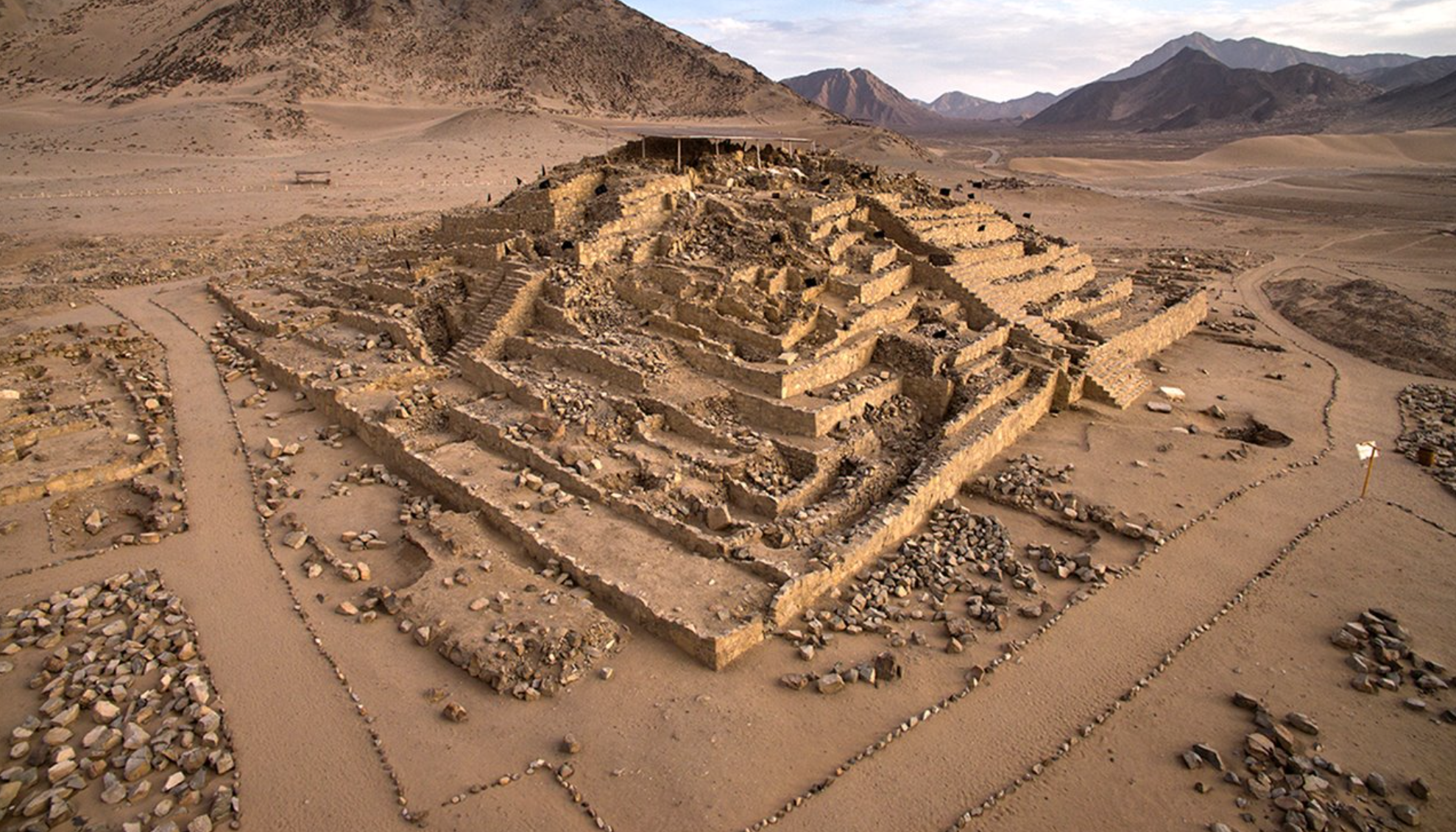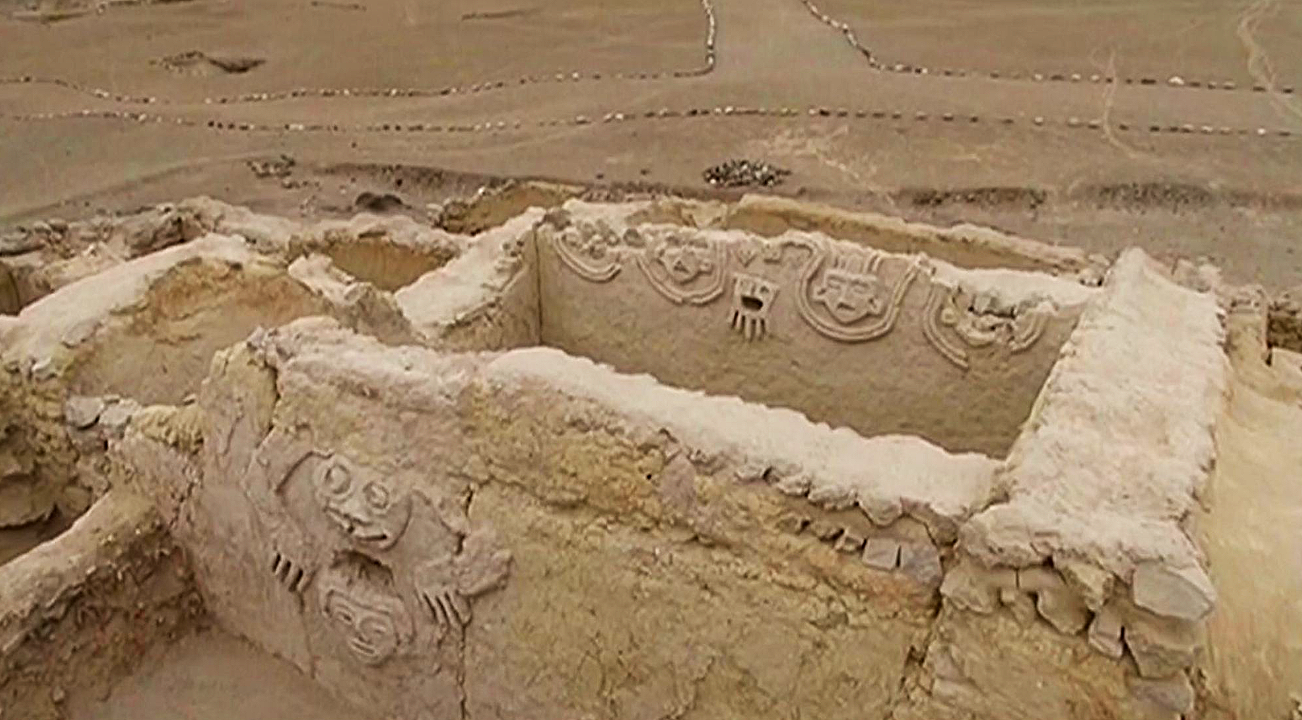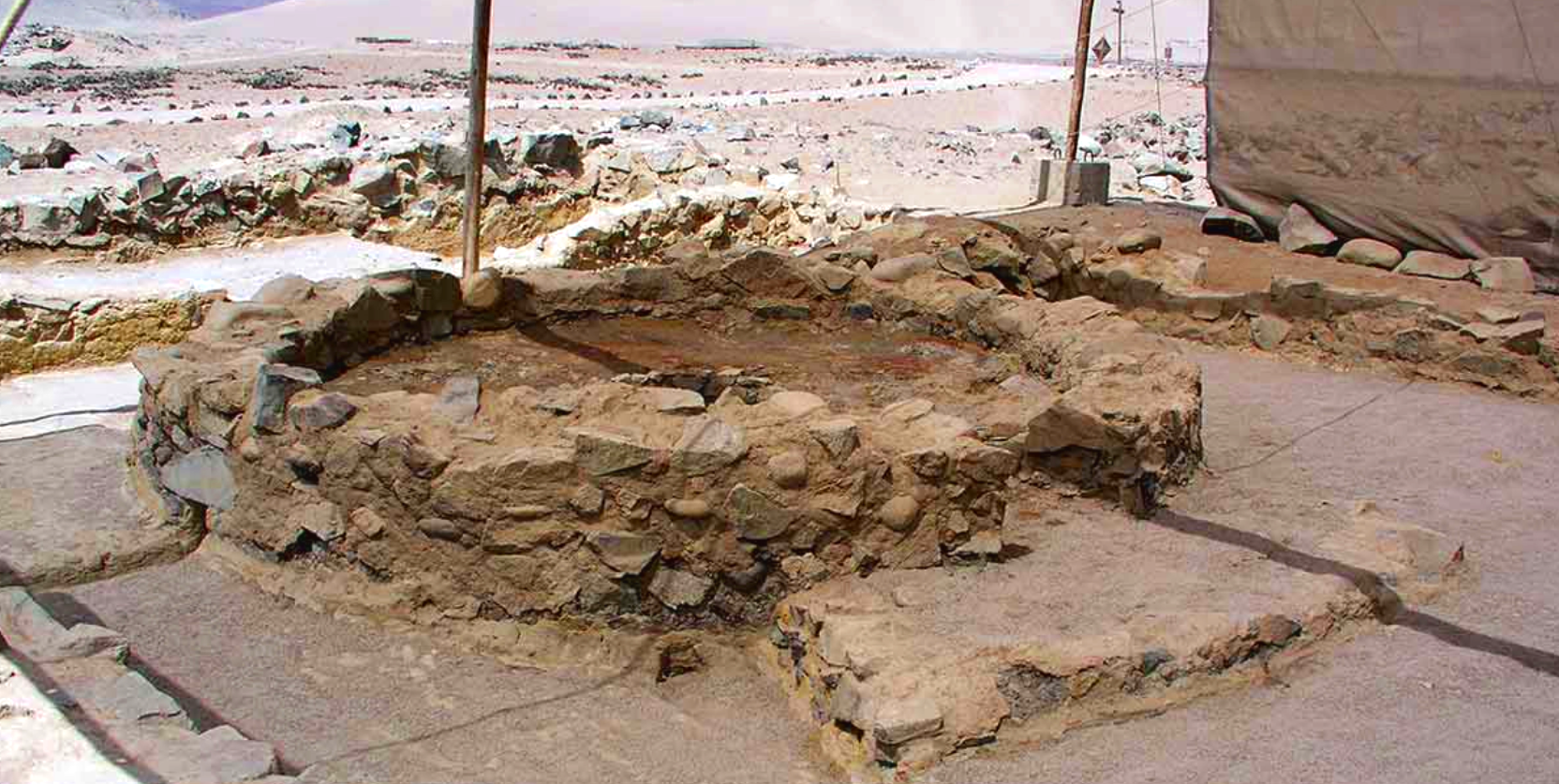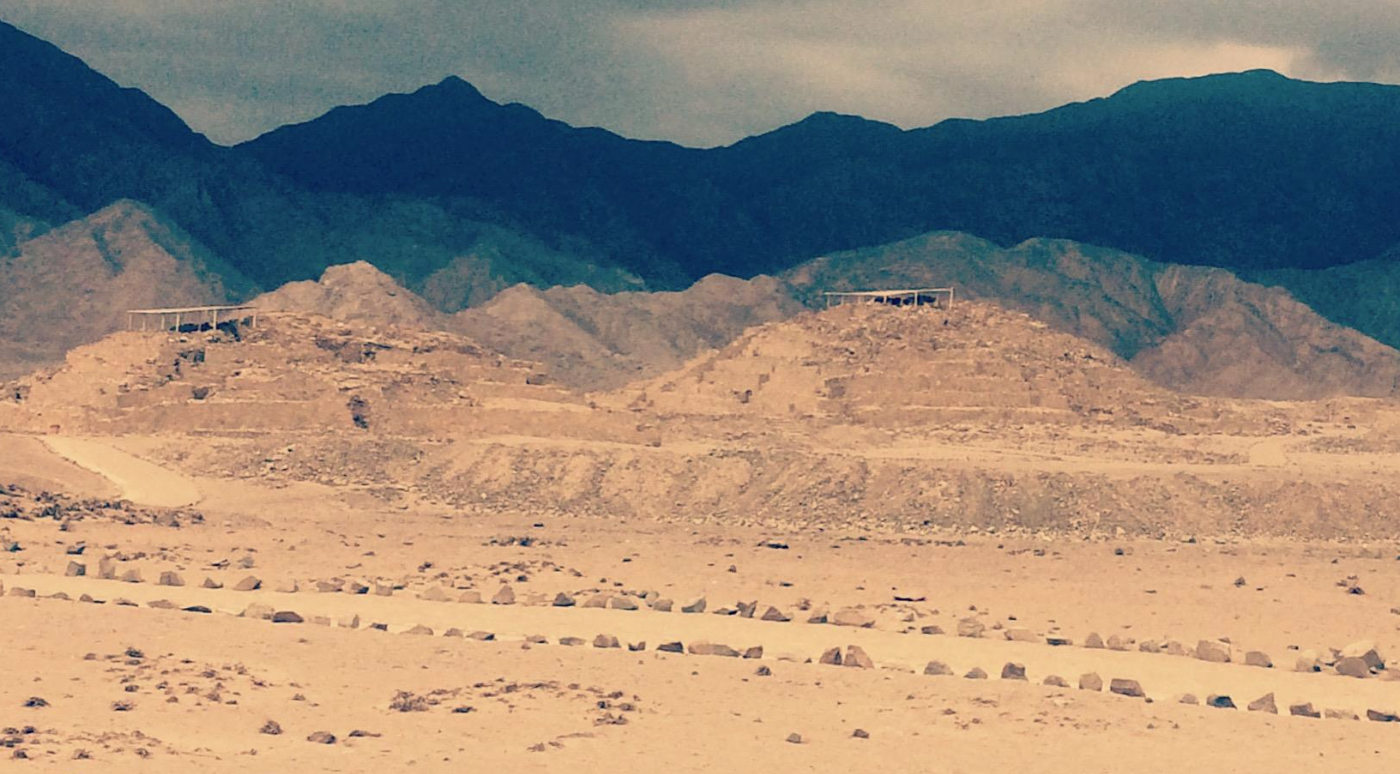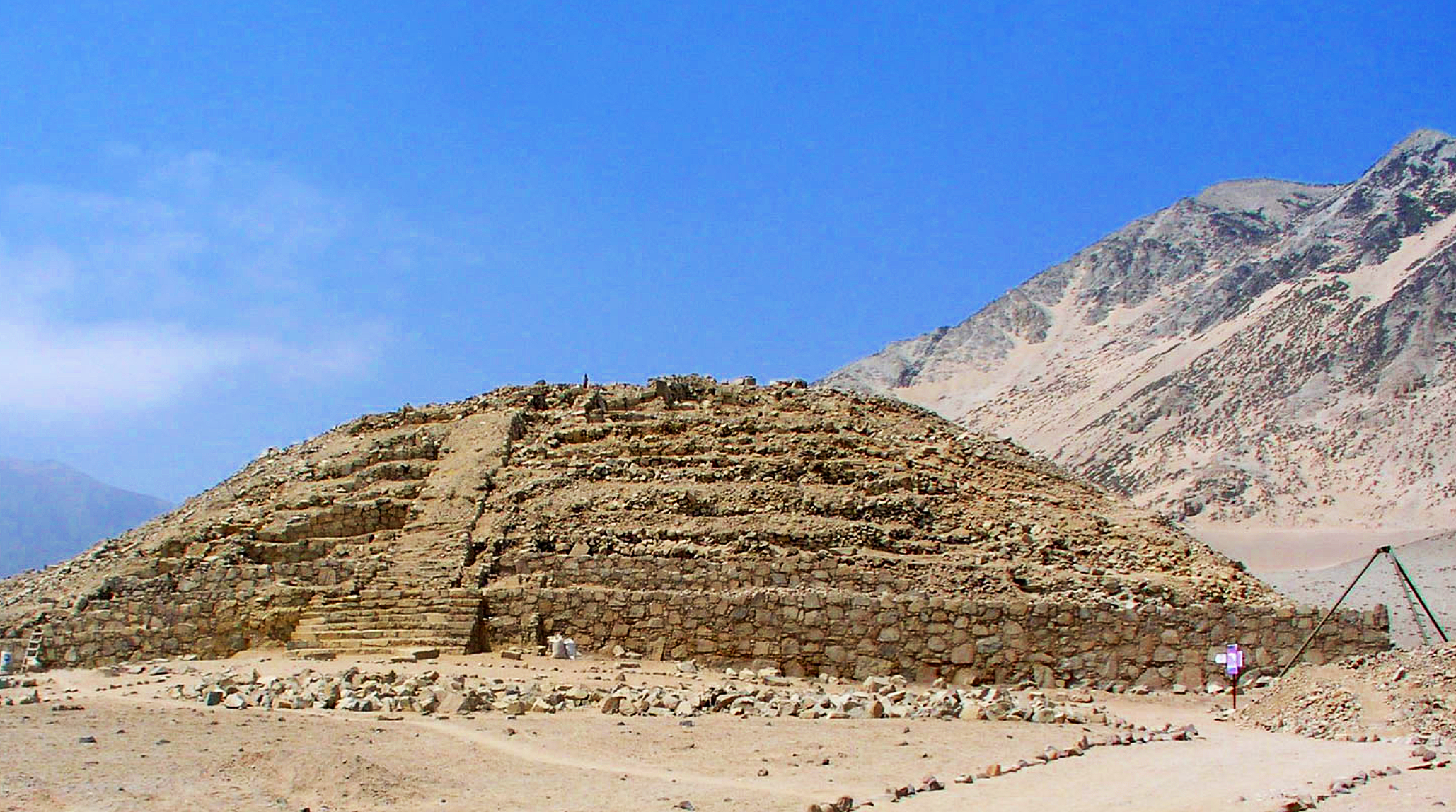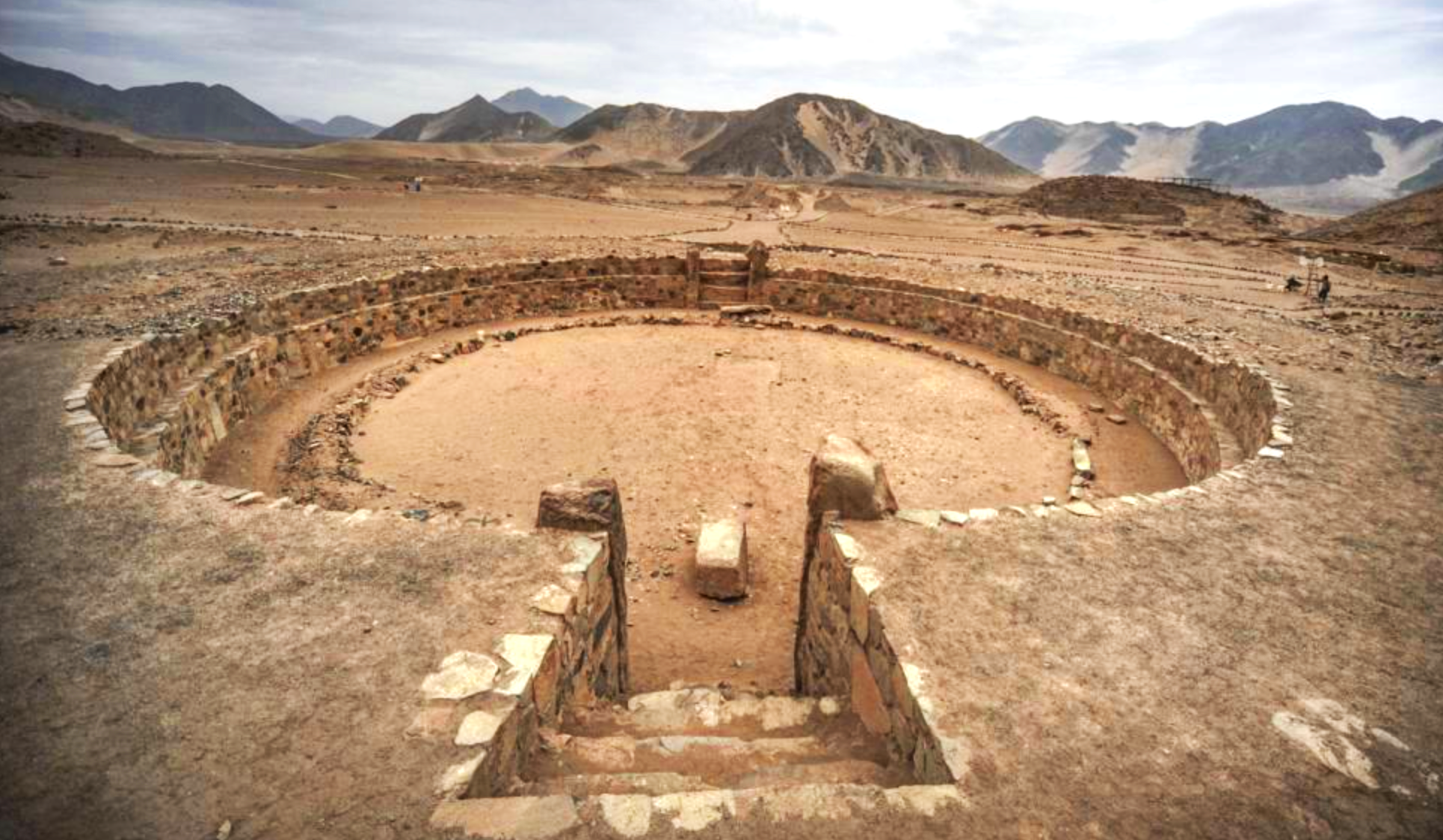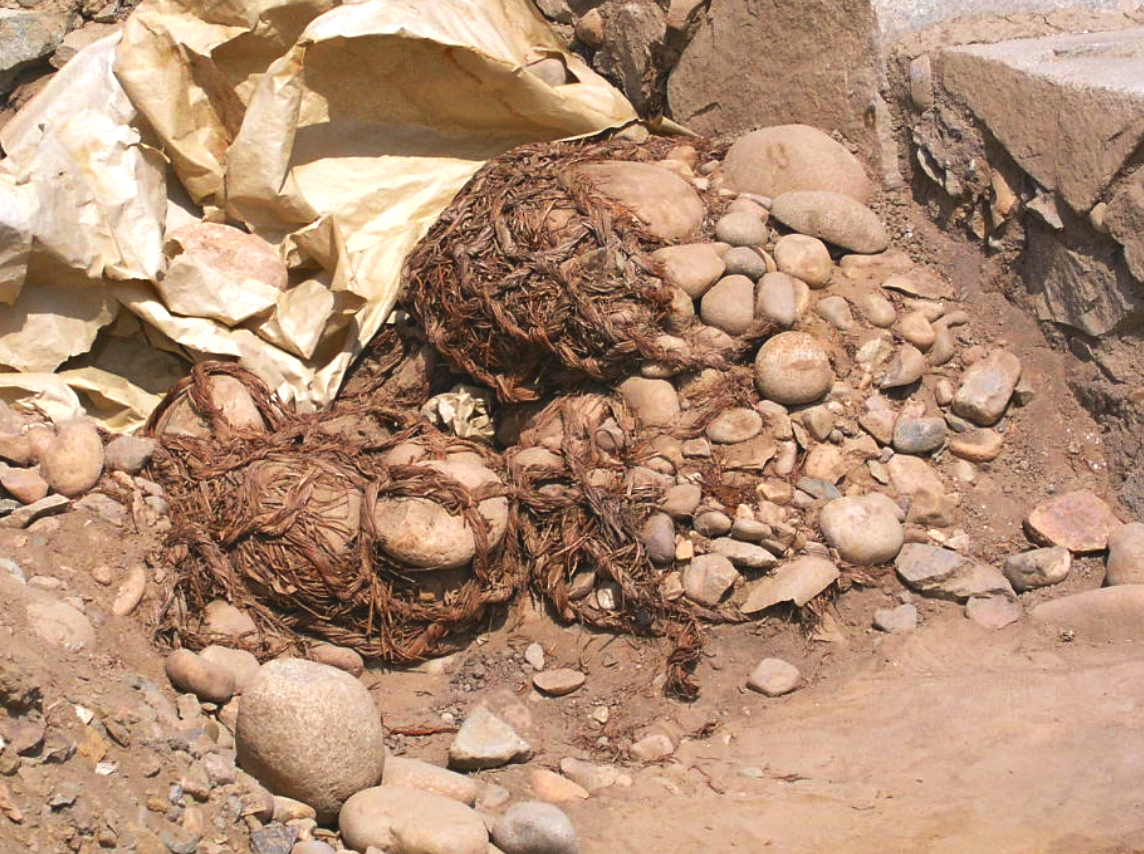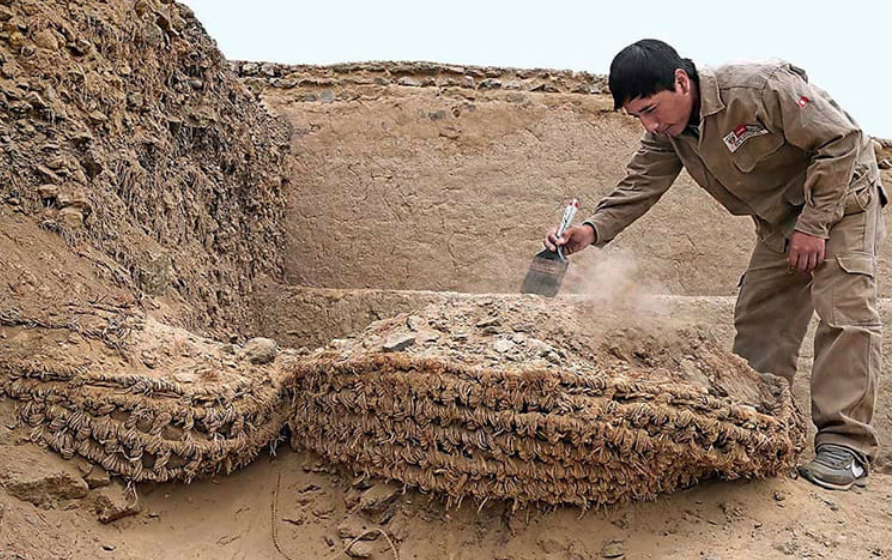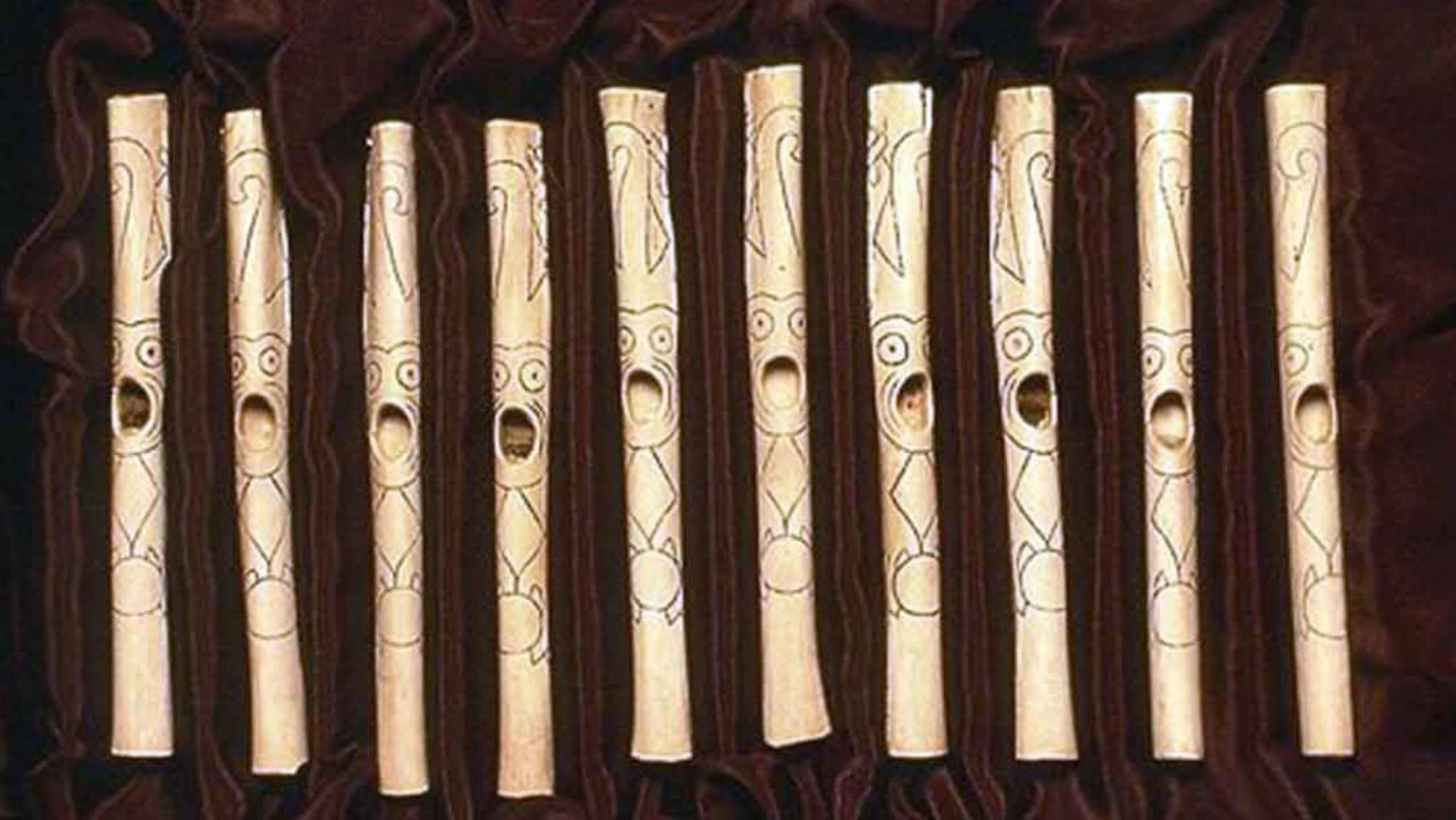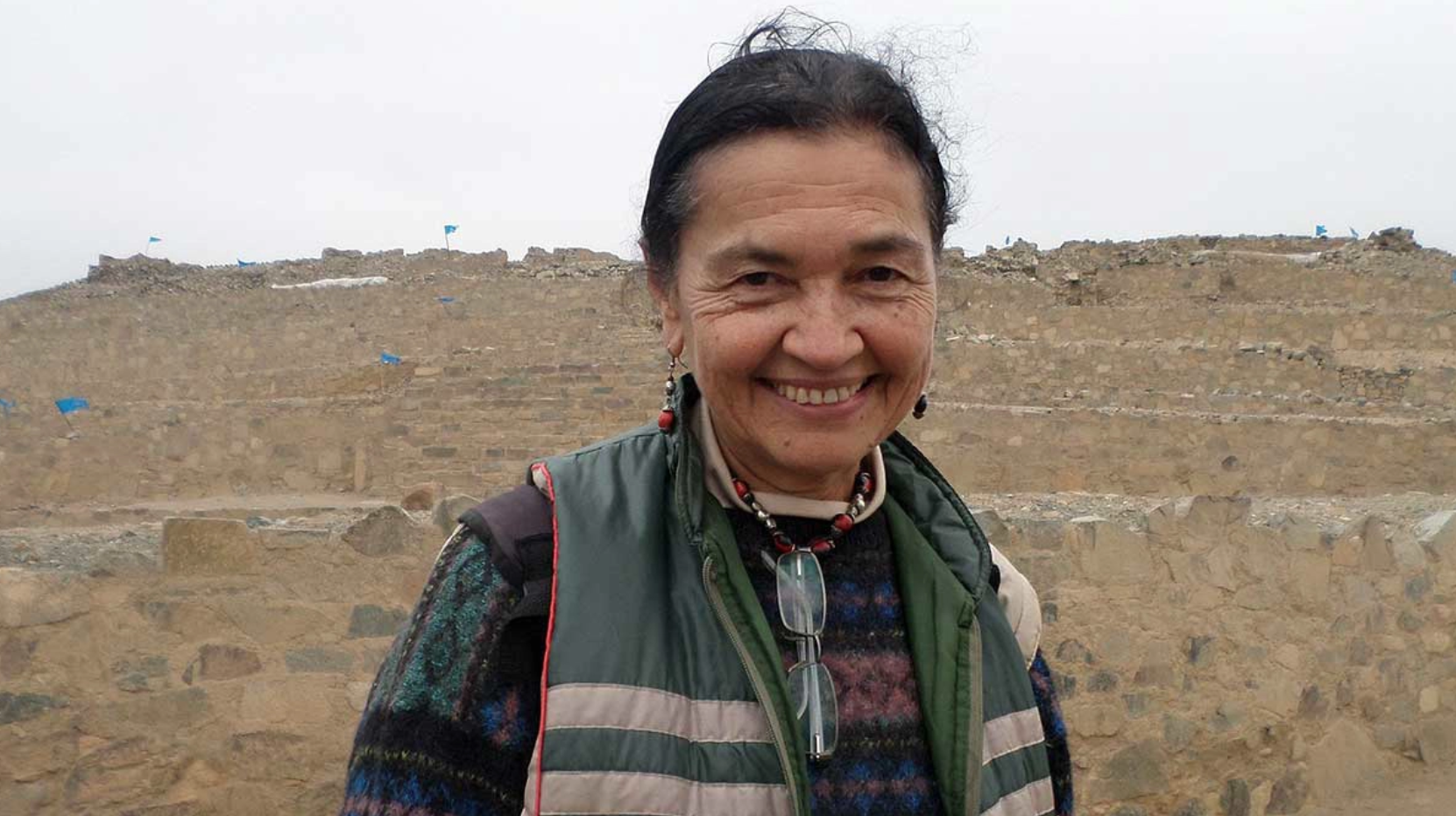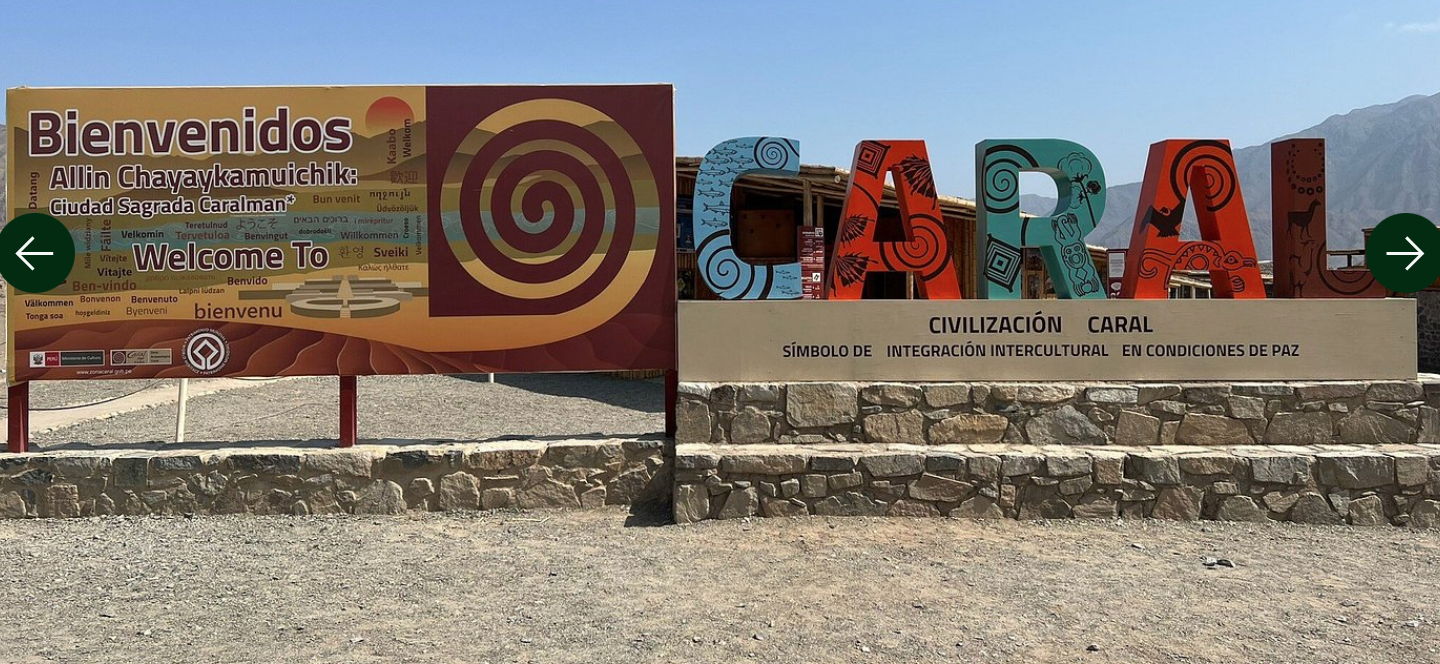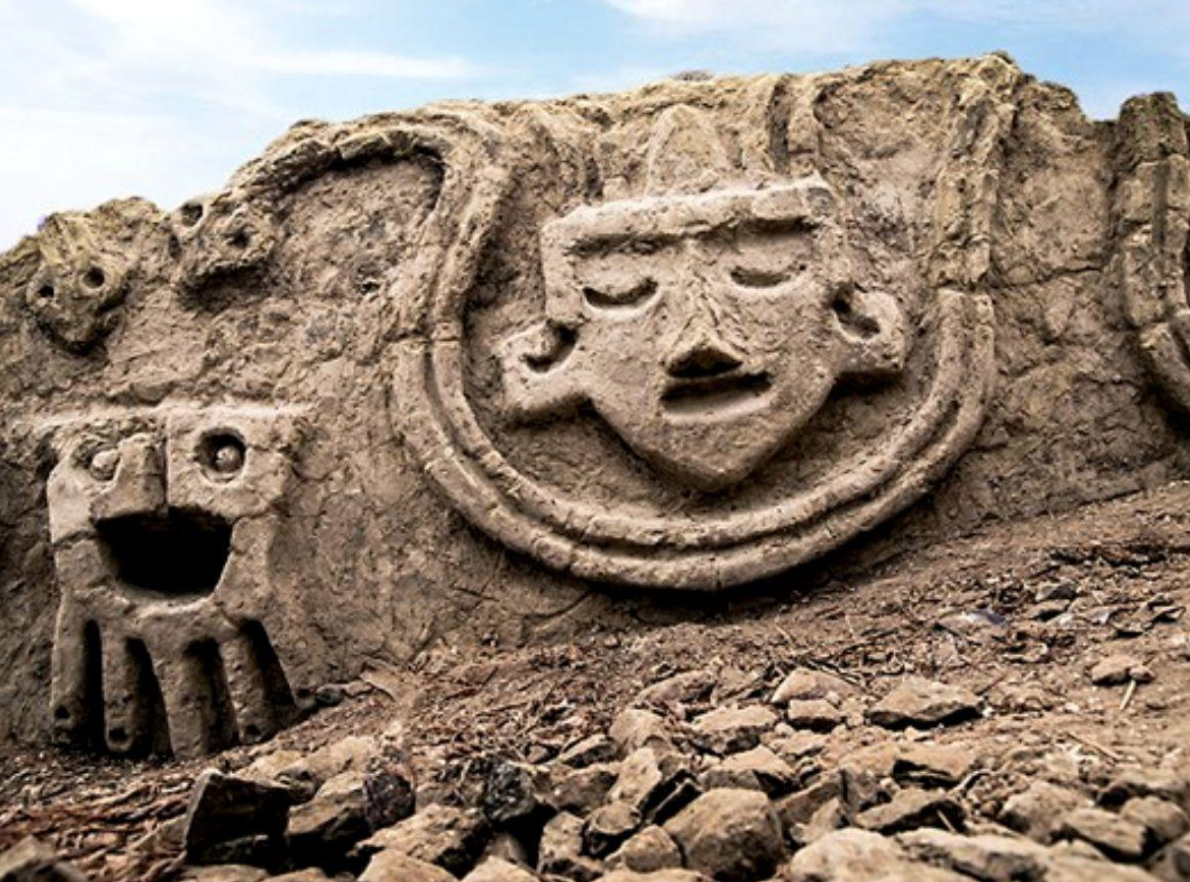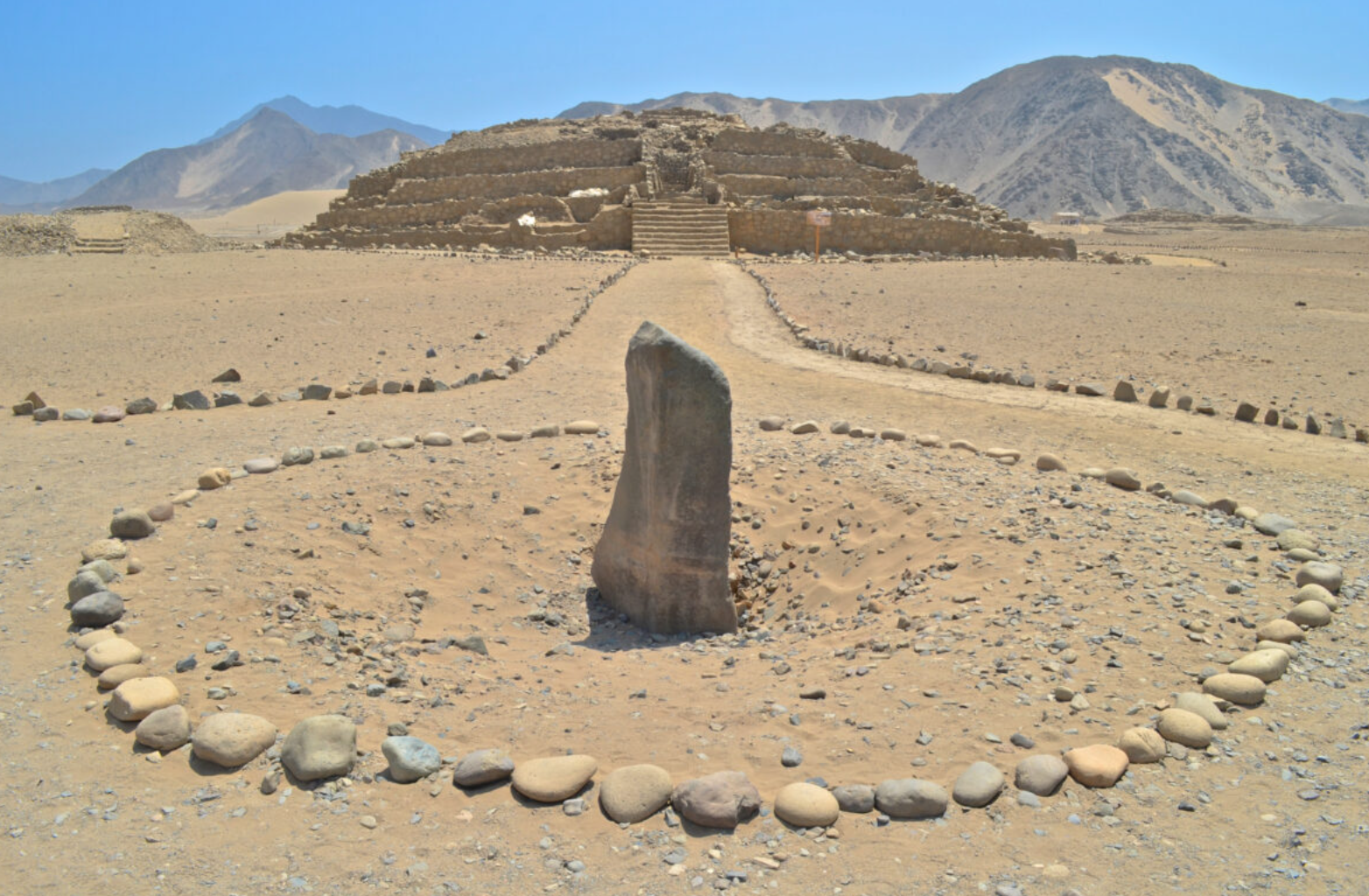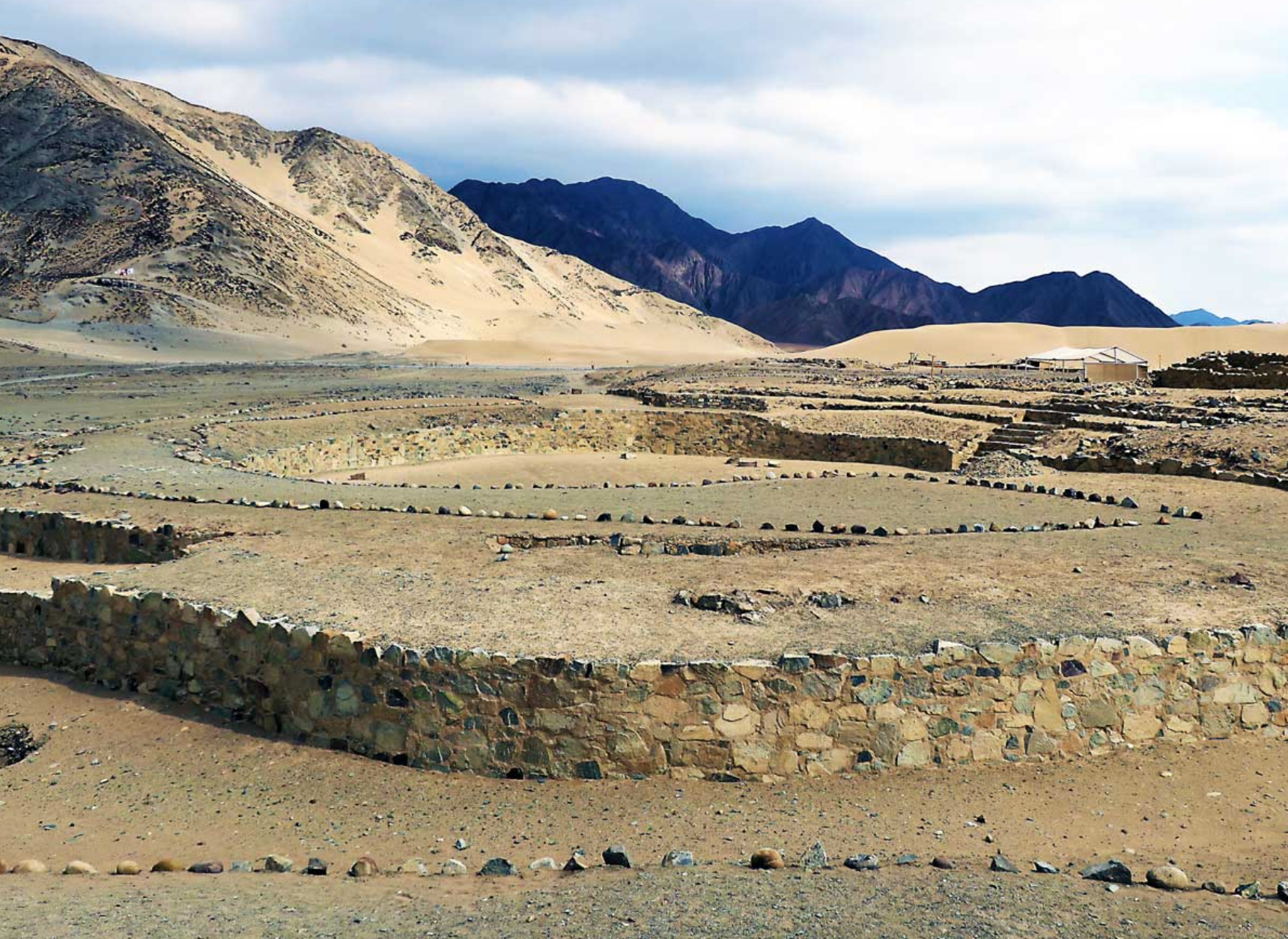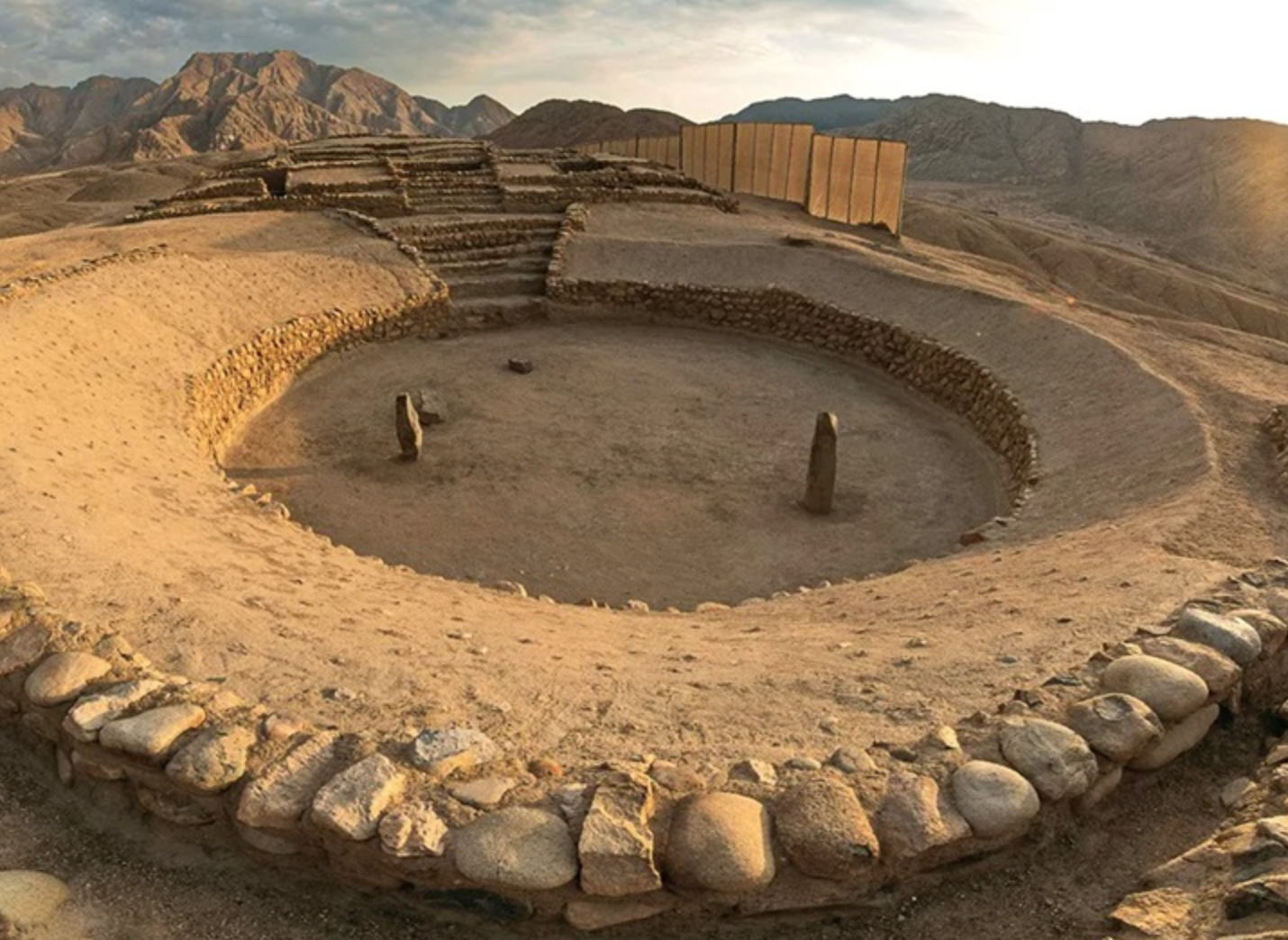older than machu pichU, this place challenges Archaeologists
The oldest civilization of the Americas: Caral
Hey guys! Welcome back! Today we are gonna talk about a very interesting place in Peru that is not very known around the world: Caral.
I knew about Caral before I saw it with my own eyes. In Peru, it’s not a secret. It’s part of national pride taught in schools, visited by families, studied by local scholars. Caral is known, especially among those who care about origin stories.
Snakes and human heads, Caral
In Peru, Caral is no secret. It’s a source of national pride. But outside of Latin America, most people have never heard of it. And that’s not just unfortunate, it’s telling. Caral doesn’t fit the version of history we’ve been taught to admire.
It wasn’t built by emperors or conquered through war. It didn’t glorify death or domination. It glorified something else: life, ritual, connection, and cosmic order.
Caral-Supe’s altar of the “Sacred Fire,” by Hakan Svensson Xauxa, 2004.
This is not just another ancient ruin.
This is Caral: the oldest known city in the Americas! A UNESCO World Heritage Site. A civilization that rewrites the rules of what it means to be “civilized.”
Where Civilization Was Born…Without a Sword
Located in the Supe Valley, just 200 km north of Lima, Caral sits on a dry terrace above the green banks of the Supe River. The archaeological zone covers 626 hectares, and was the central city of what’s now called the Caral–Supe civilization or Norte Chico civilization.
Caral and Supe Valley, Peru
Built around 2600 BCE, Caral was contemporary with the pyramids of Egypt and the cities of Mesopotamia. But unlike those cultures, Caral:
Left behind no weapons
Built no fortresses
Left no signs of war or conquest
According to UNESCO, Caral is the oldest known center of civilization in the Americas and "a masterpiece of urban planning, symbolic architecture, and complex social organization."
It was officially designated a World Heritage Site in 2009, under cultural criteria recognizing its global significance as a unique, peaceful model of early state formation.
The pyramids of Caral
Rituals Over Rulers: How Caral Was Built
Caral was not built by kings. There are no royal tombs. No golden thrones. No signs of an elite class enforcing power through fear.
What archaeologists found instead:
Six massive pyramidal structures, made of stone and earth
Sunken circular plazas perfectly aligned with the stars
Complex irrigation systems for desert farming
Musical instruments: flutes made from pelican bones, conch shell trumpets
Residential areas showing social stratification, but not opulence
A knotted textile that may be the earliest known quipu, an ancestral Andean record-keeping system
And a nearby geoglyph: a human face with open mouth etched in the earth, like a voice still speaking
Main pyramid of Caral, Perú.
The people of Caral organized themselves around ritual, astronomy, and communal gathering. Ceremonial life, not warfare, was at the heart of their city planning.
The Main Temple: A Platform for the Cosmos
Caral’s central pyramid, often called the Main Temple, rises nearly 30 meters high and is aligned with the surrounding mountains and celestial events. From the top, astronomer-priests likely tracked solstices, moon phases, and agricultural cycles.
Unlike Egyptian pyramids, this was not a tomb. It was a living structure, made for observation, performance, and ceremony.
Temple of the Amphitheater at the Sunken plaza.
And it was constructed using a brilliant local innovation: “shicra bags” (woven sacks filled with stones, layered to stabilize the massive walls against earthquakes). This technique predates any known seismic architecture in the world.
Think about it: A culture with no metal tools, no writing, no wheels, and yet, they mastered earthquake-proof engineering!
Remains of shicras. Caral, Peru. Photography: Courtesy Wikimedia Commons
Shicras are 5,000-year-old woven fiber baskets from Peru used by the Caral-Supe civilization to absorb earthquake energy.
Built With Sound: Music as Social Architecture
Flutes, horns, bone trumpets. Dozens of these instruments were found throughout the site, many carved from bird and animal bones, etched with symbolic images of monkeys and condors.
These weren’t decorative. They were functional. Music, in Caral, was a tool for ritual synchronization, an instrument of social harmony.
Flutes found in Caral, by Geoge Steinmetz
Sound was part of the city’s architecture. The plazas, circular and semi-subterranean, have incredible acoustic properties. These spaces allowed for large-scale gatherings where rhythm, movement, and collective emotion guided social life.
Imagine thousands of people gathered under the stars, guided by song.
The Woman Who Helped Rewrite History
For most of modern history, Caral was ignored. Not buried, but overlooked.
That changed in the 1990s, when Dr. Ruth Shady, a Peruvian archaeologist, began systematic excavations at the site. Along with a dedicated team, many of them women and locals, she revealed a city that didn’t fit the accepted timeline.
Peruvian archaeologist Dr. Ruth Shady in Caral, by Ruth Madelen Luna Cruz, 2014.
Her work confirmed that Caral was older than any known city in the Americas by thousands of years!
And in 2016, in a related site called Áspero, her team discovered the burial of an elite woman, likely a political or spiritual leader who lived 4,500 years ago. She was buried with ceremonial items and textiles, in what may be one of the oldest known high-status female burials in the Americas.
Caral, it turns out, may have been not only peaceful but gender-inclusive in its leadership structures, and I totally love this!
No Ceramics, No Writing BUT Still a Civilization
Caral was part of the Andean preceramic period. That means:
No pottery
No written language
No metallurgy
A Peruvian quipu used colored, knotted strings to record and convey numerical information.
And yet:
They built monumental architecture
Developed long-distance trade networks with the highlands and coast
Cultivated cotton, beans, squash, and guava
Used cotton to create nets for fishing and textiles for clothing
Likely used quipu cords to encode symbolic or numeric information
Created desert geoglyphs, suggesting complex symbolic communication
Sacred City of Caral
What does this tell us? That writing and ceramics are not the only markers of complexity. That intelligence has more than one language.
Caral vs. Machu Picchu
Machu Picchu is iconic, a crown jewel of Incan architecture, known across the globe for its dramatic mountaintop beauty and precision stonework. Built in the 15th century CE, it was an elite retreat for the imperial Inca, crafted with metal tools and designed to project political power and spiritual symbolism.
Machu Pichu
Caral, on the other hand, was built nearly 4,000 years earlier in the 26th century BCE. It wasn’t imperial. It wasn’t hierarchical. It was ceremonial at its core. A sacred city built with stone, earth, fiber, and human intention, not conquest.
Where Machu Picchu emerged from a political empire, Caral was born from spiritual ideology and ritual coordination. Machu Picchu was built for rulers, Caral was built for the cosmos.
Huancar, sacred stone. Caral, Perú.
Machu Picchu is globally recognized and studied, Caral remains widely overlooked outside of Latin America, even though it’s the oldest known urban center in the Americas!
Caral doesn’t just predate Machu Picchu. It redefines what civilization could look like, long before Machu Picchu was even imagined.
CARAL CHALLENGES EVERYTHING WE KNOW
The story of Caral challenges everything:
That progress must come through power
That empires are the only model for greatness
That civilization starts with war, kings, and territory
Caral says otherwise.
Caral, Supe
It tells us that people once built a world around balance, ritual, ecological intelligence, and nonviolent cooperation and that it worked. For over a millennium.
Maybe we didn’t forget Caral.
Maybe we chose not to see it.
MY TIPS IF YOU VISIT CARAL
You need at least 5 hours minimum to visit the archeological site. There are no five-star resorts or luxury trains. You can get there by bus or taxi.
I got there by bus from the Lima’s Terminal Terrestre near Plaza Norte and you get off in Supe, it took me 3 hours each way. For me it was very interesting to see the outskirts of Lima and understand the different social classes that changes the further you get from the city.
And by the way, do not forget to visit the National Museum of the Archaeology, Anthropology and History of Peru in Lima
Museo Nacional de Arqueologia, Antropologia e historia del Peru.
Once you get there you will find an imposing space, sky, and silence and a weird sense of time. And the vibe is magical, walking in the eldest civilization of the Americas is something magical…
My advice is that you take a tour even though there are so many explanations and education material inside of Caral. Most of the touristic guides are archeologists that are still working on site or their assistants.
You’ll walk through plazas aligned with the stars. Stand at the base of pyramids built by people who measured the seasons, not each other. A UNESCO World Heritage Site built without war, led by women and priests. It was Sustained for over 1,000 years. After Machu Pichu, this is a must tourist place!
And if you listen closely, Caral still speaks.
Thank you for reading,
Natalia Cortes

